Mohammad Samar Ansari
FireLite: Leveraging Transfer Learning for Efficient Fire Detection in Resource-Constrained Environments
Sep 30, 2024



Abstract:Fire hazards are extremely dangerous, particularly in sectors such as the transportation industry, where political unrest increases the likelihood of their occurrence. By employing IP cameras to facilitate the setup of fire detection systems on transport vehicles, losses from fire events may be prevented proactively. However, the development of lightweight fire detection models is required due to the computational constraints of the embedded systems within these cameras. We introduce FireLite, a low-parameter convolutional neural network (CNN) designed for quick fire detection in contexts with limited resources, in response to this difficulty. With an accuracy of 98.77\%, our model -- which has just 34,978 trainable parameters achieves remarkable performance numbers. It also shows a validation loss of 8.74 and peaks at 98.77 for precision, recall, and F1-score measures. Because of its precision and efficiency, FireLite is a promising solution for fire detection in resource-constrained environments.
A Survey of Modern Deep Learning based Object Detection Models
May 12, 2021

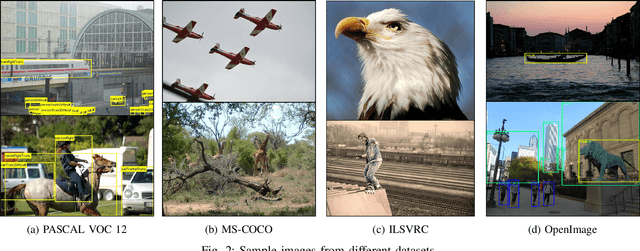

Abstract:Object Detection is the task of classification and localization of objects in an image or video. It has gained prominence in recent years due to its widespread applications. This article surveys recent developments in deep learning based object detectors. Concise overview of benchmark datasets and evaluation metrics used in detection is also provided along with some of the prominent backbone architectures used in recognition tasks. It also covers contemporary lightweight classification models used on edge devices. Lastly, we compare the performances of these architectures on multiple metrics.
A Novel Falling-Ball Algorithm for Image Segmentation
May 12, 2021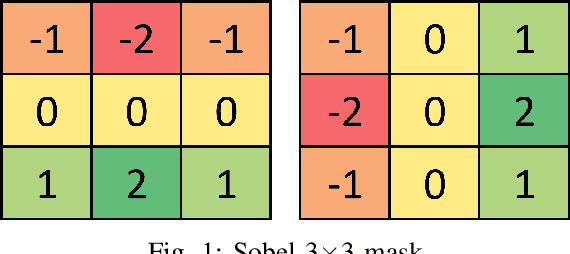
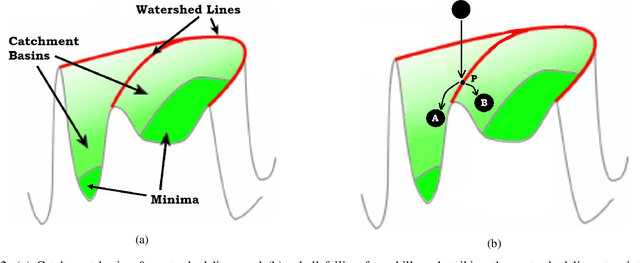
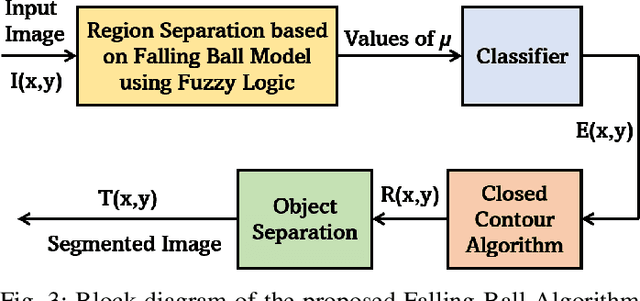
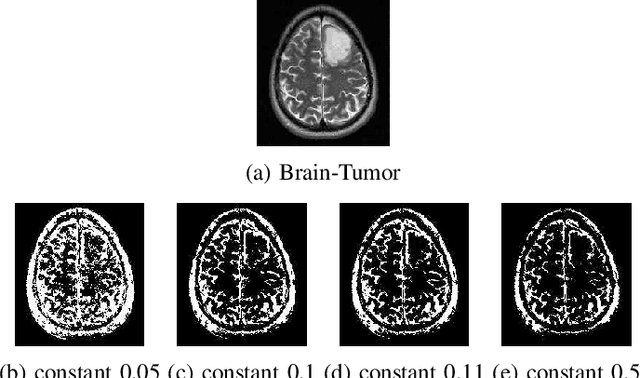
Abstract:Image segmentation refers to the separation of objects from the background, and has been one of the most challenging aspects of digital image processing. Practically it is impossible to design a segmentation algorithm which has 100% accuracy, and therefore numerous segmentation techniques have been proposed in the literature, each with certain limitations. In this paper, a novel Falling-Ball algorithm is presented, which is a region-based segmentation algorithm, and an alternative to watershed transform (based on waterfall model). The proposed algorithm detects the catchment basins by assuming that a ball falling from hilly terrains will stop in a catchment basin. Once catchment basins are identified, the association of each pixel with one of the catchment basin is obtained using multi-criterion fuzzy logic. Edges are constructed by dividing image into different catchment basins with the help of a membership function. Finally closed contour algorithm is applied to find closed regions and objects within closed regions are segmented using intensity information. The performance of the proposed algorithm is evaluated both objectively as well as subjectively. Simulation results show that the proposed algorithms gives superior performance over conventional Sobel edge detection methods and the watershed segmentation algorithm. For comparative analysis, various comparison methods are used for demonstrating the superiority of proposed methods over existing segmentation methods.
A Single-Layer Asymmetric RNN: Potential Low Hardware Complexity Linear Equation Solver
May 04, 2021



Abstract:A single layer neural network for the solution of linear equations is presented. The proposed circuit is based on the standard Hopfield model albeit with the added flexibility that the interconnection weight matrix need not be symmetric. This results in an asymmetric Hopfield neural network capable of solving linear equations. PSPICE simulation results are given which verify the theoretical predictions. Experimental results for circuits set up to solve small problems further confirm the operation of the proposed circuit.
FireNet: A Specialized Lightweight Fire & Smoke Detection Model for Real-Time IoT Applications
May 28, 2019



Abstract:Fire disasters typically result in lot of loss to life and property. It is therefore imperative that precise, fast, and possibly portable solutions to detect fire be made readily available to the masses at reasonable prices. There have been several research attempts to design effective and appropriately priced fire detection systems with varying degrees of success. However, most of them demonstrate a trade-off between performance and model size (which decides the model's ability to be installed on portable devices). The work presented in this paper is an attempt to deal with both the performance and model size issues in one design. Toward that end, a `designed-from-scratch' neural network, named FireNet, is proposed which is worthy on both the counts: (i) it has better performance than existing counterparts, and (ii) it is lightweight enough to be deploy-able on embedded platforms like Raspberry Pi. Performance evaluations on a standard dataset, as well as our own newly introduced custom-compiled fire dataset, are extremely encouraging.
 Add to Chrome
Add to Chrome Add to Firefox
Add to Firefox Add to Edge
Add to Edge